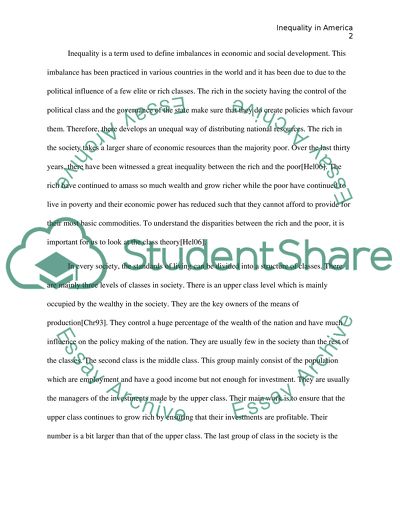Cite this document
(“Social Globalization Research Paper Example | Topics and Well Written Essays - 2500 words”, n.d.)
Retrieved from https://studentshare.org/sociology/1639004-social-globalization
Retrieved from https://studentshare.org/sociology/1639004-social-globalization
(Social Globalization Research Paper Example | Topics and Well Written Essays - 2500 Words)
https://studentshare.org/sociology/1639004-social-globalization.
https://studentshare.org/sociology/1639004-social-globalization.
“Social Globalization Research Paper Example | Topics and Well Written Essays - 2500 Words”, n.d. https://studentshare.org/sociology/1639004-social-globalization.


